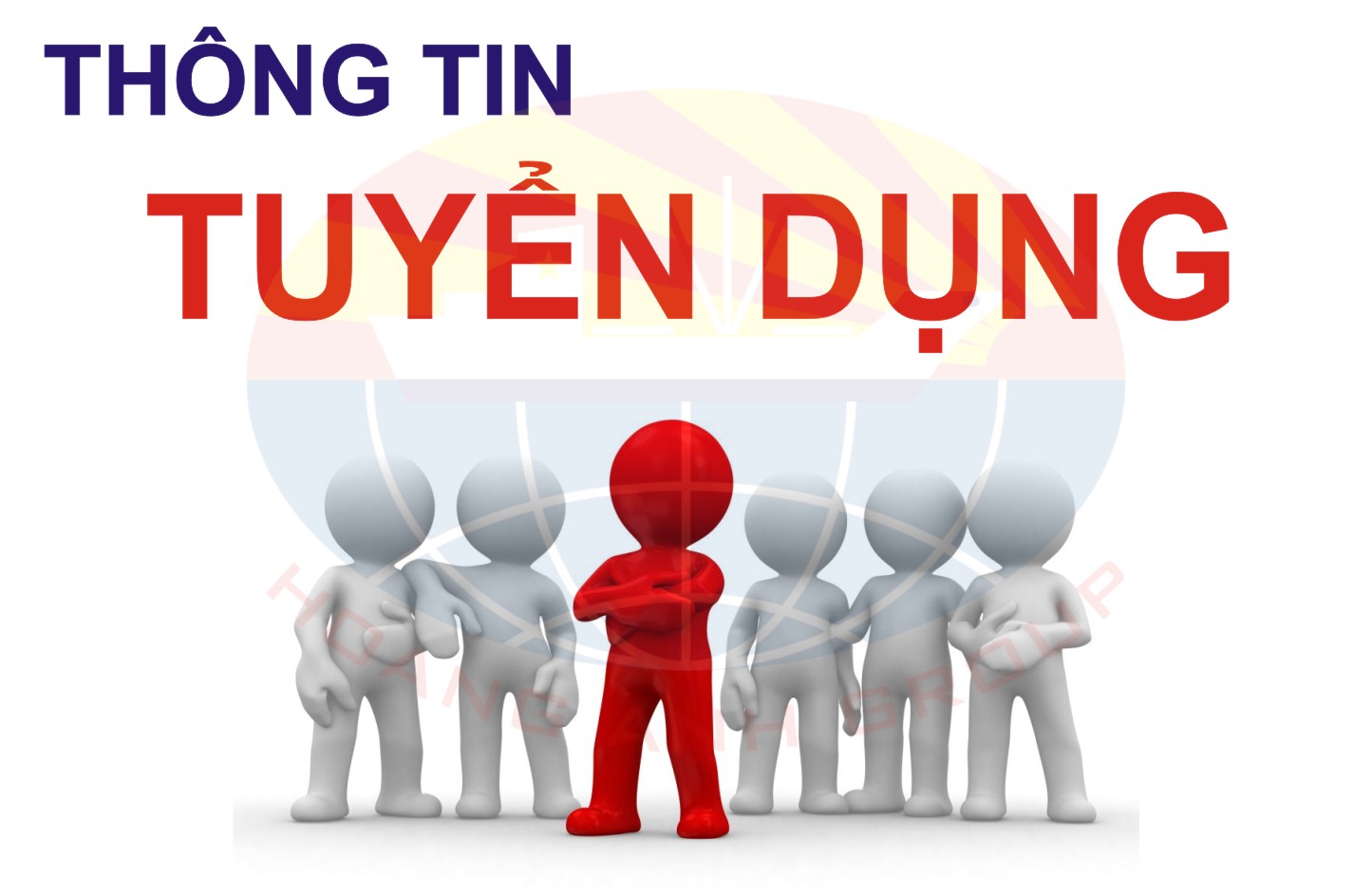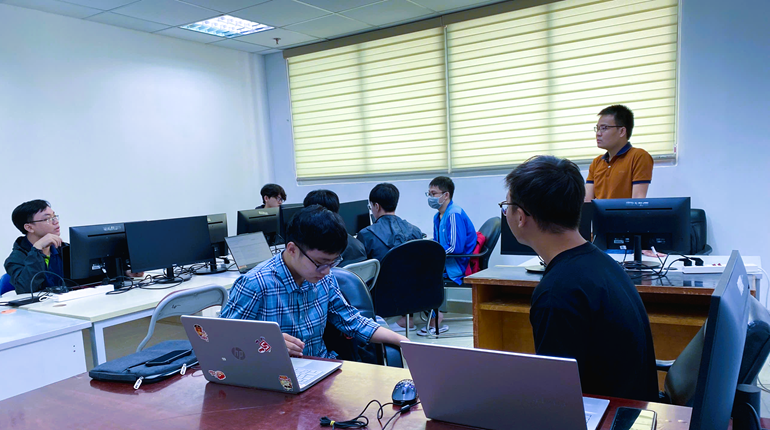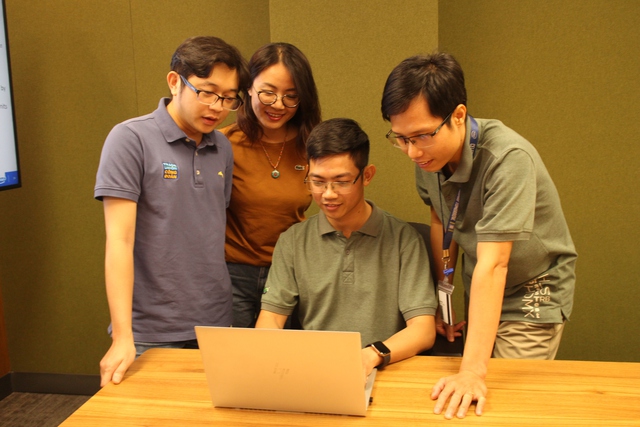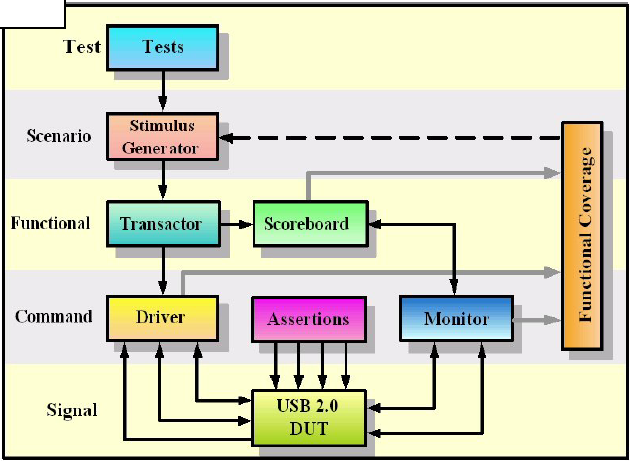File Iterative Control
In e the way we open and read ASCII files is slightly different then C and C++. There are two types of looping constructs that are provided to help with handling ASCII files.
for each line in file
for each file matching
for each line in file
Executes the action block for each line in the text file file-name. Inside the block, it (or optional name) refers to the current line (as string) without the final "\n" (the final new line character, CR).
Syntax :
for each [line] [(name)] in file file-name-exp [do] {action; ...}
Example - for each line in file
Lets consider a ASCII file file.txt containing below lines
Lets write a e program to read this file and print it
1 <'
2 extend sys {
3 run() is also {
4 for each line in file "file.txt" {
5 out (it);
6 };
7 };
8 };
9 '>
Simulator Output
This is first line
This is second line
This is third line
for each file matching
For each file (in the file search path) whose name matches file-name-exp execute the action block. Inside the block, it (or optional name) refers to the matching file name.
Syntax
for each file [(name)] matching file-name-exp [do] {action; ...}
Example - for each file matching
1 <'
2 extend sys {
3 run() is also {
4 for each file (file_name) matching "f*.txt" {
5 outf("Found file %s\n",file_name);
6 for each line in file file_name {
7 out (it);
8 };
9 };
10 };
11 };
12 '>
Simulator Output
Found file file.txt
This is first line
This is second line
This is third line
Controlling the Program Flow
The actions described in this section are used to alter the flow of the program in places where the flow would otherwise continue differently. The e language provides the following actions for controlling the program flow:
- break
- continue
break
Breaks the execution of the nearest enclosing iterative action (for or while). When a break action is encountered within a loop, the execution of actions within the loop is terminated, and the next action to be executed is the first one following the loop.
Syntax
break
continue
Stops the execution of the nearest enclosing iteration of a for or a while loop, and continues with the next iteration of the same loop. When a continue action is encountered within a loop, the current iteration of the loop is aborted, and execution continues with the next iteration of the same loop.
You cannot place continue actions outside the scope of a loop
Syntax
Continue
Example - break and continue 1 <'
2 extend sys {
3 run() is also {
4 var i : int = 0;
5 var j : int = 0;
6 for {i=0; i < 15; i = i + 1} do {
7 outf("Current value of i : %d\n",i);
8 outf("Current value of j : %d\n",j);
9 if ( i < 3) {
10 continue;
11 } else {
12 j = j + 1;
13 };
14 if (j > 4) {
15 break;
16 };
17 };
18 };
19 };
20 '
Simulator Output
Current value of i : 0
Current value of j : 0
Current value of i : 1
Current value of j : 0
Current value of i : 2
Current value of j : 0
Current value of i : 3
Current value of j : 0
Current value of i : 4
Current value of j : 1
Current value of i : 5
Current value of j : 2
Current value of i : 6
Current value of j : 3
Current value of i : 7
Current value of j : 4
Bạn Có Đam Mê Với Vi Mạch hay Nhúng - Bạn Muốn Trau Dồi Thêm Kĩ Năng
Mong Muốn Có Thêm Cơ Hội Trong Công Việc
Và Trở Thành Một Người Có Giá Trị Hơn
Mong Muốn Có Thêm Cơ Hội Trong Công Việc
Và Trở Thành Một Người Có Giá Trị Hơn
















